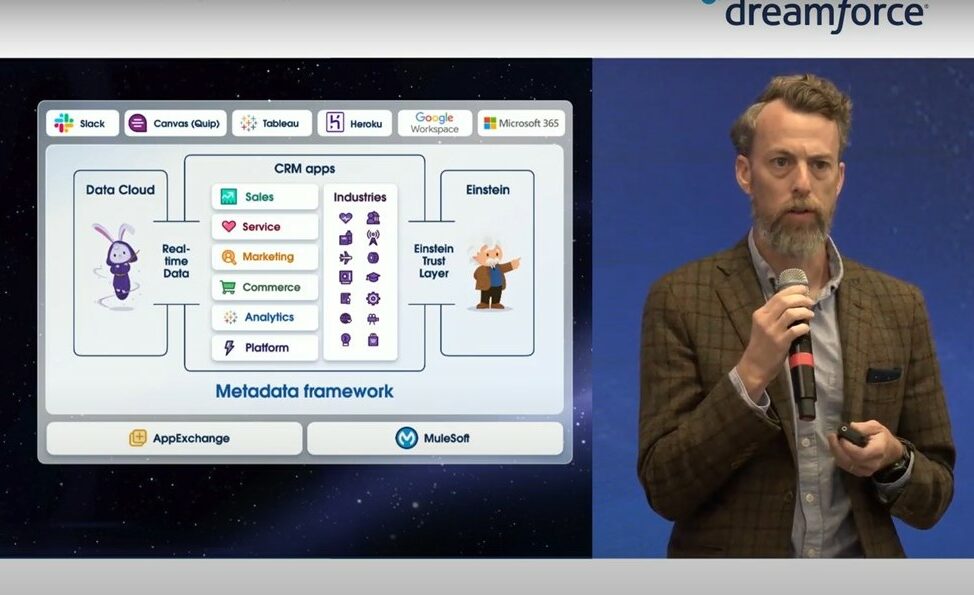In less than 15-years time, NASA expects to have astronauts permanently stationed on the moon. Unlike previous moon missions, which have carried all their supplies with them, these astronauts will need food and equipment to be regularly shipped from Earth. Researchers have now started work on a supply chain capable of meeting extraterrestrial demands.
MIT’s Space Logistics Project will design the supply chain to the moon, and one of its key challenges is the matter of interplanetary information management. Shipping spare parts to space stations has so far proven problematic because inventory databases located on different celestial bodies quickly fall out of synch.
For the lunar supply chain to operate with the necessary efficiency (a wasted trip to the moon is an expensive mistake; a missed delivery could be fatal), the system must be aware of all supplies in transit, in stock on the moon, and in storage on the Earth.
To achieve this, MIT scientists have proposed that ERP and SCM applications should be broadcast out into space as web services. Units of supply are to be tagged with RFID chips (current space missions use barcodes), and their whereabouts will be constantly monitored and analysed using a ‘real-time, rule-based analytic asset-management system’.
The SpaceNet system also incorporates the various locations on the supply chain, be they moon landing sites or launch pads. This aspect of the system will allow NASA operatives to plan out the most efficient route for any re-stocking mission to the moon.
And the star-gazing does not stop there: the Space Logistics Project is already testing the viability of the supply chain for missions to Mars “and beyond”.









